All About Glass Showcases
Benefits of Glass

Structural Strength
Glass is self-supporting because it has a higher tensile and shear strength than acrylic. Therefore, glass showcases can be designed on a larger scale.

Low Maintenance
Glass does not mar or scratch easily and is easy to disinfect. It can be cleaned with a standard glass cleaner without concern for damaging the finish.

Longevity
Glass showcases can last 10+ years. Due to its long lifespan, glass cases are often used in long-term permanent exhibits.

Accessibility
Due to the weight and rigidity of glass, cases often are built with features to make it easy to access the case, such as hinged doors or gas lifters.
Construction Methods
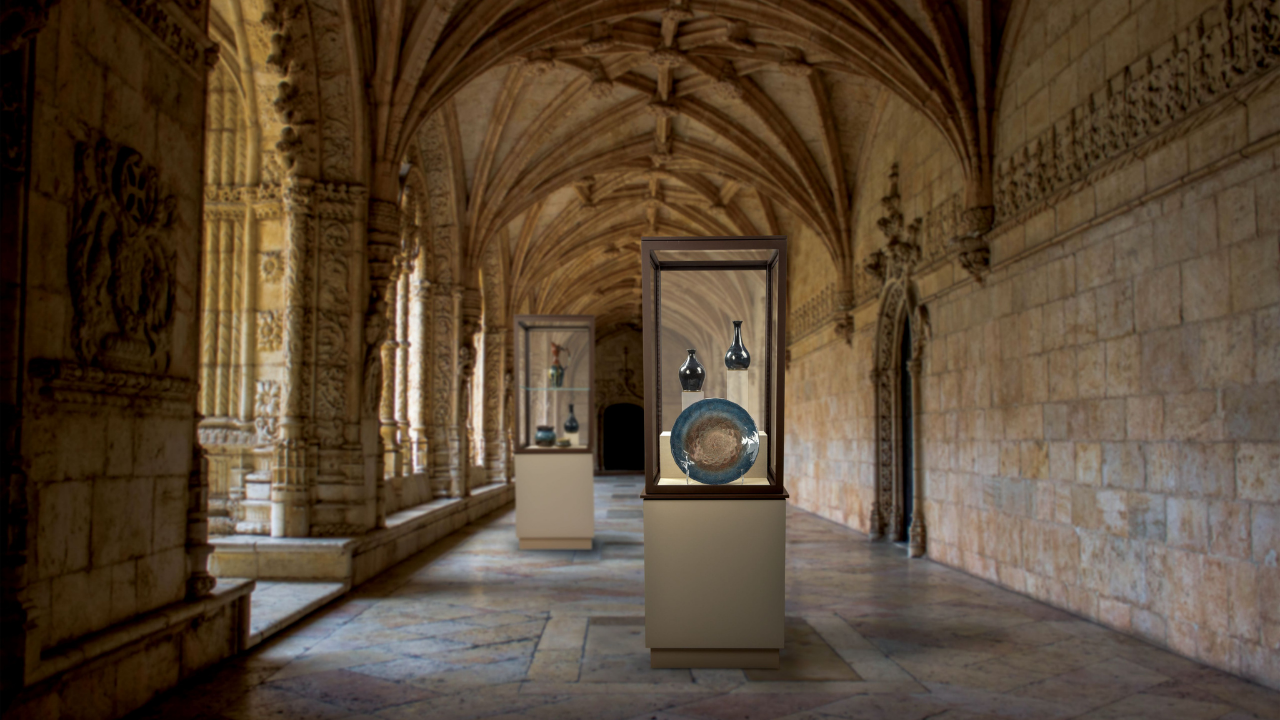
Framing
Glass showcases are often created using a metal or wood frame that the glass panels are attached to. The frames are typically simple in design to avoid distracting viewers from the object on display.
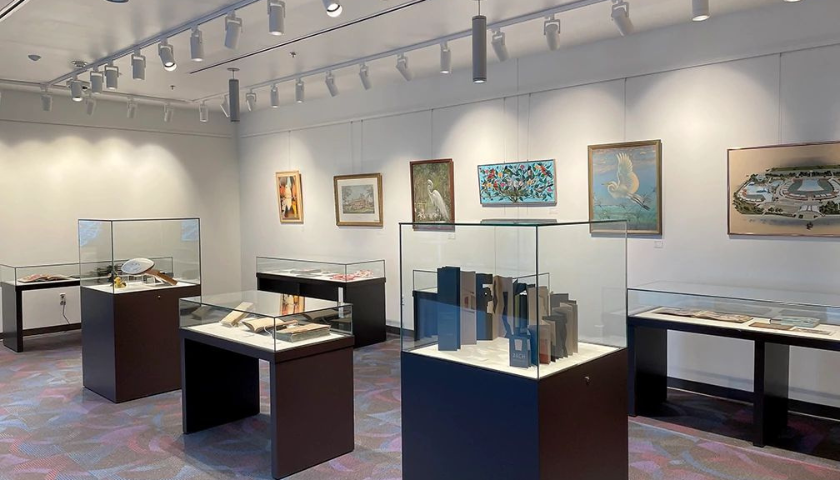
UV-Bonding
To create UV-bonded vitrines, an adhesive is applied to the edges of the panels to be joined, and then cured using concentrated UV light. This results in clear, transparent, bubble-free joints.
UV-Bonding Joint Methods
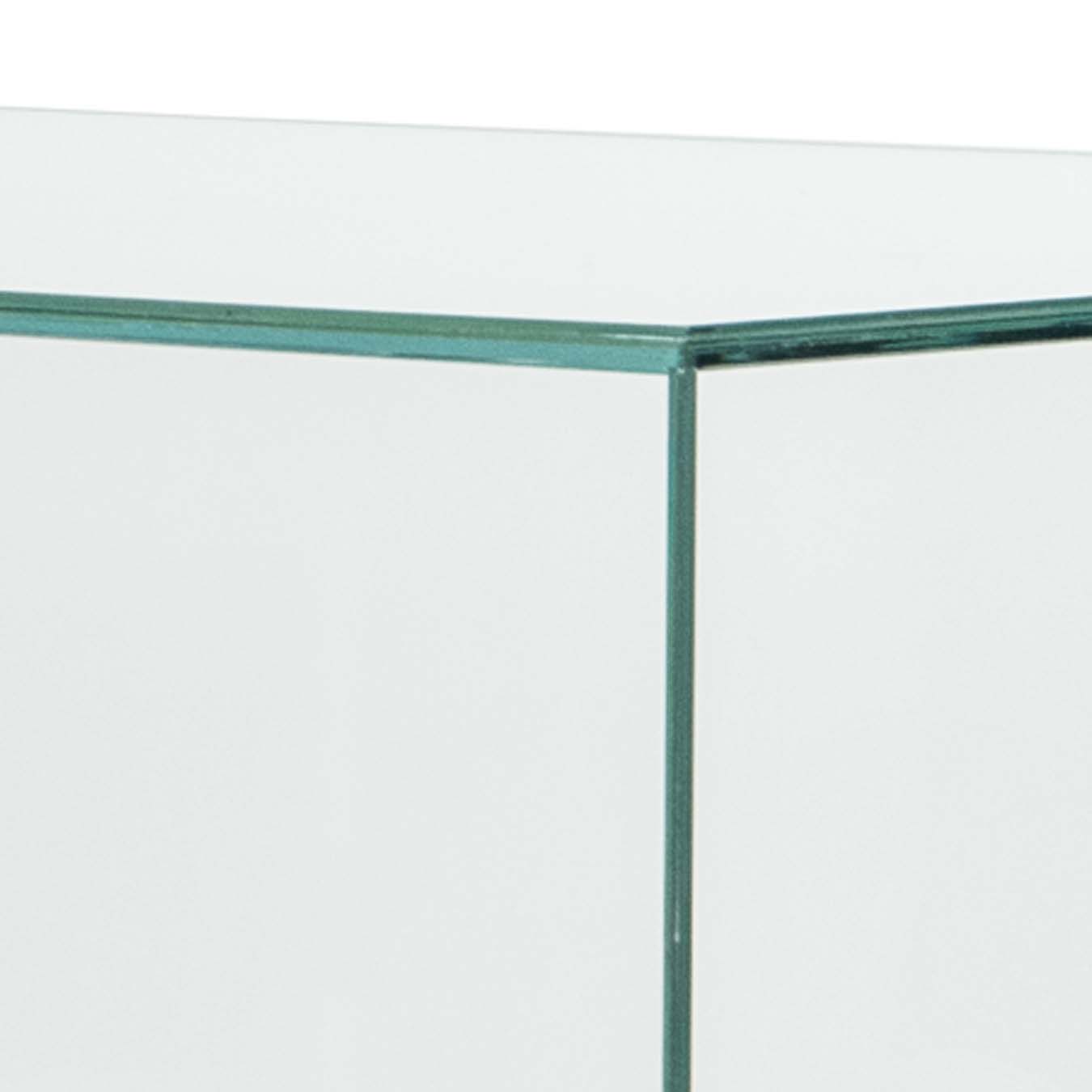
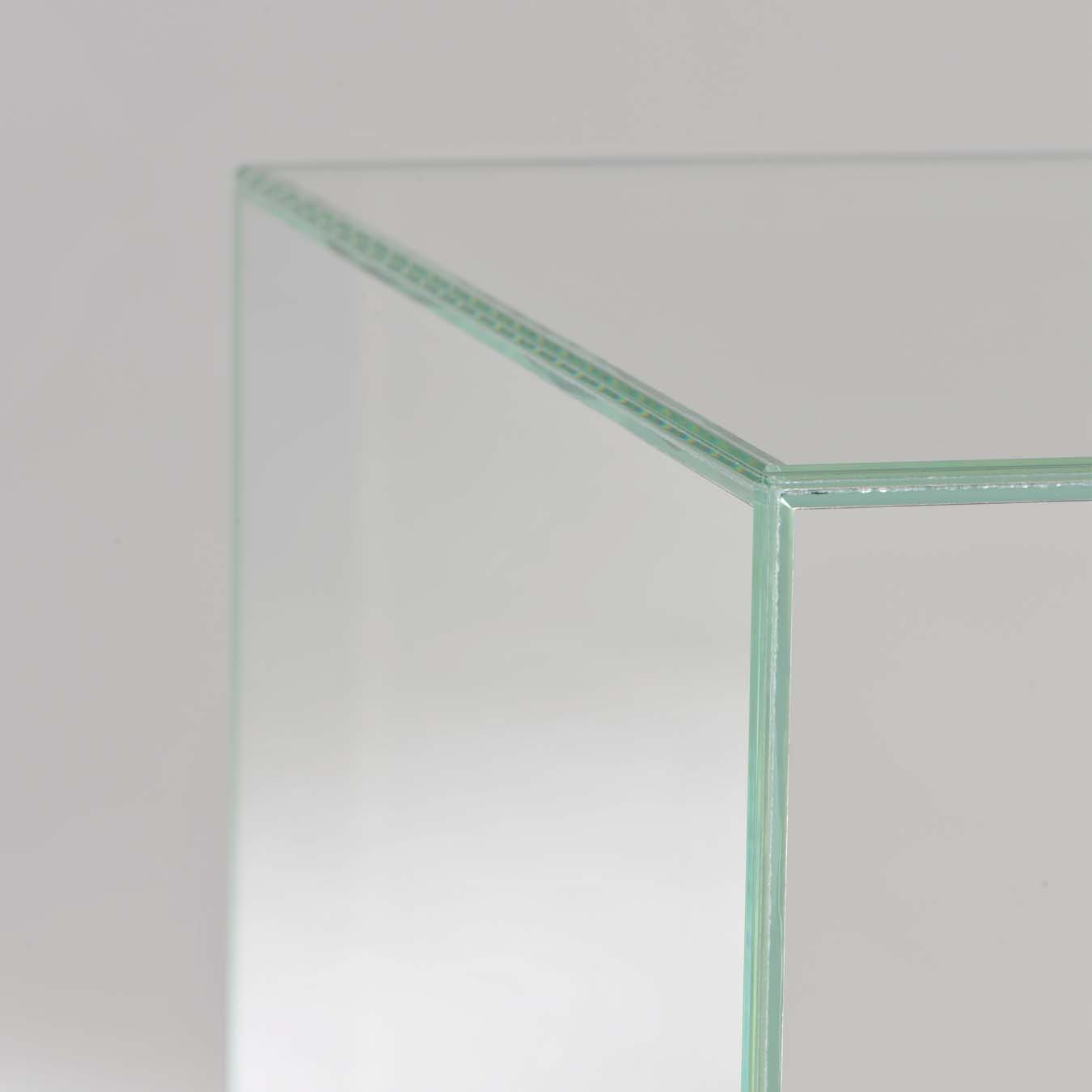
Butt Joint
A technique in which two pieces of material are joined by simply placing their ends together without any special shaping.
Mitered Joint
A mitered joint is created by joining two pieces of glass cut at 45-degree angles to fit together forming a 90-degree corner.
Types of Glass
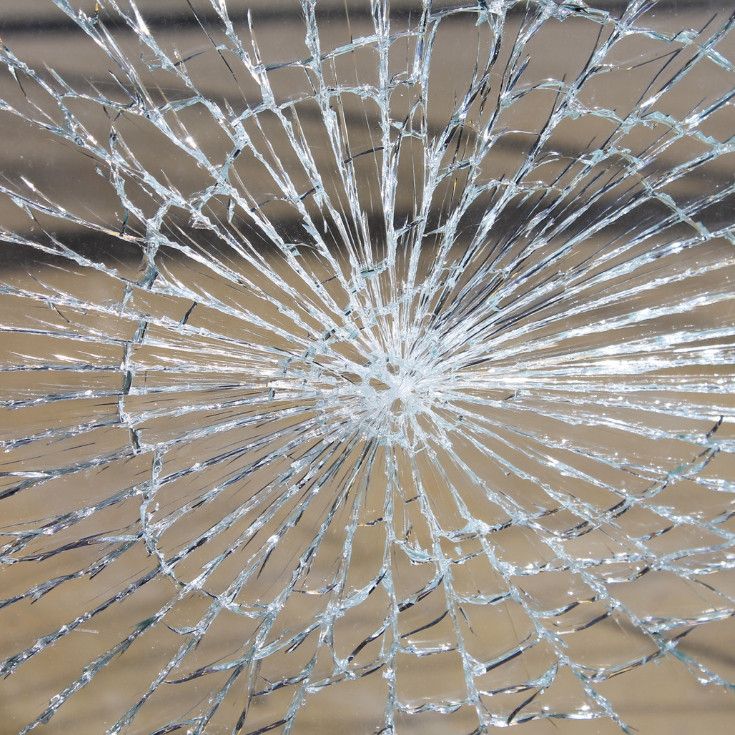
.png)
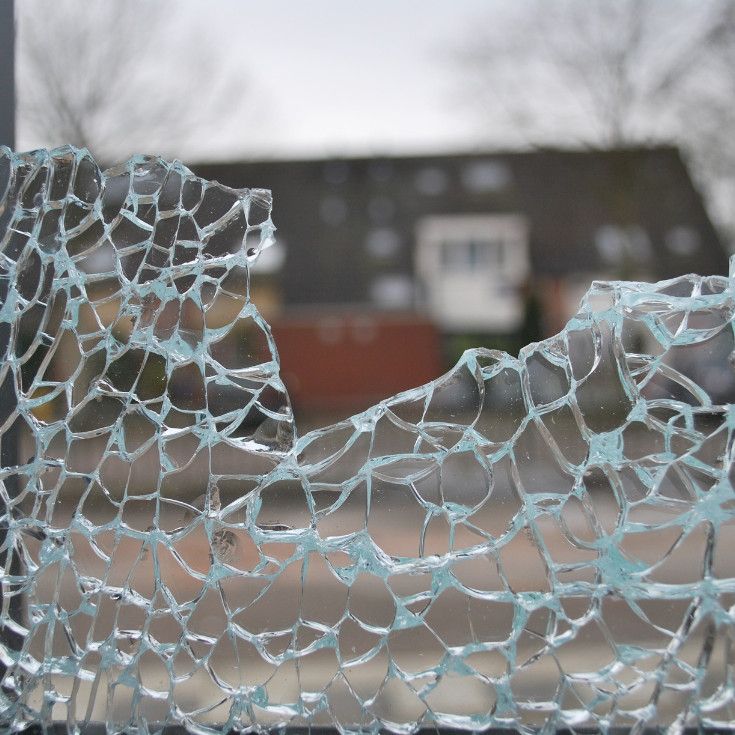
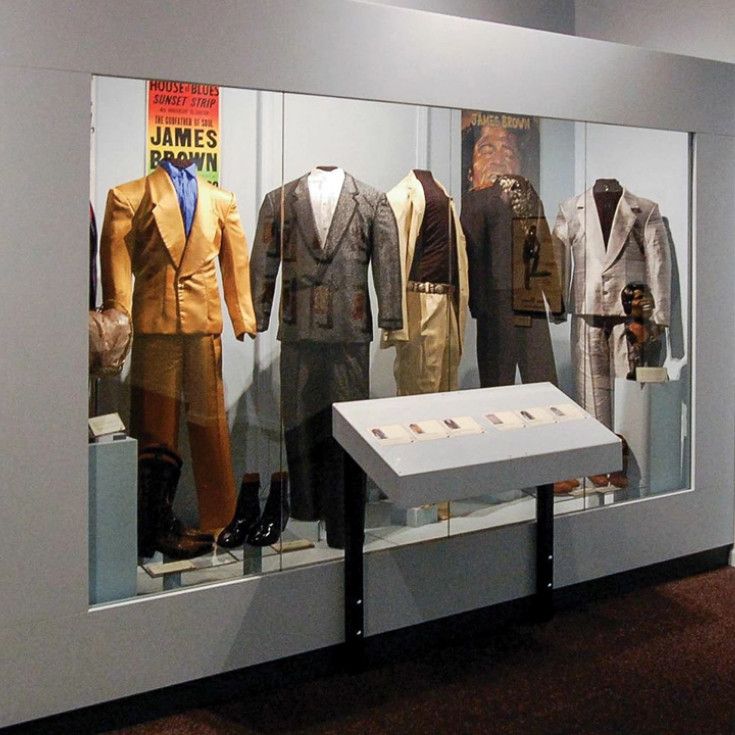
Low-Iron Glass
Other Considerations
- Glass is 50% heavier than acrylic which will directly impact shipping costs and access to the display space.
- Less fabricators work with museum-quality glass and casework which leads to long lead times.
- During shipping, glass cases require crating and delicate handling to prevent damage.
- While the actual glass itself is low maintenance, access features such as hinged doors and gas lifters require regular maintenance.
